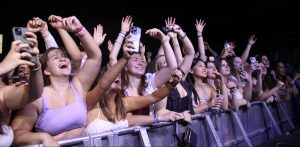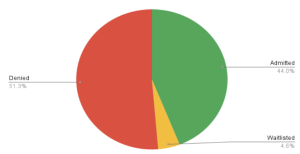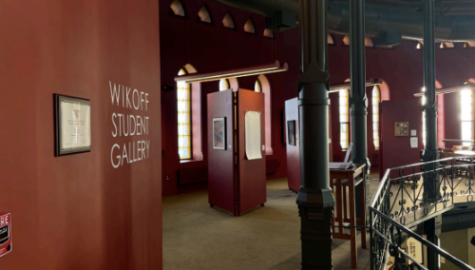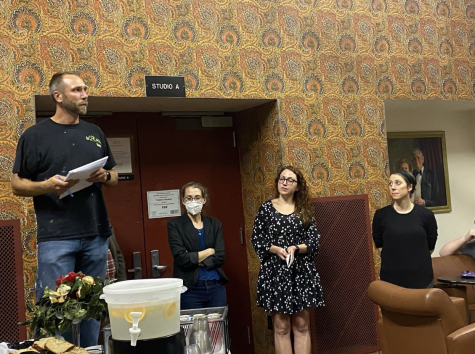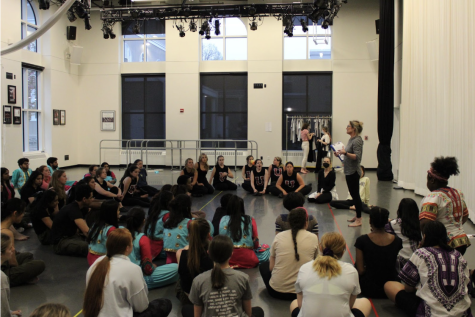Senior thesis explores the future of virtual reality as an art form
May 16, 2019
Sophia Gebara ’19, an art history major, presented her senior thesis at this year’s Steinmetz Symposium during “Technology & the Human Condition.” Her work demonstrates the intersection of technology and art history, showing how the art world is changing at a rapid pace. She recently received the William B. Jaffe Art Award.
Can you explain your senior thesis for me?
My thesis explores the discourse and critical commentary surrounding various artists and investigative journalists working with virtual reality. The works I discuss throughout my thesis grapple with our notion of the human condition from life and death, to violence and suffering; whether critiquing international and political conflicts, human rights, gender and sexuality or humanity’s impact on the environment. The considered artists and groups engage the participant to see and question their own relationship to these issues surrounding the self, the other and a range of challenges facing the world today. Virtual reality is as much immersive as it is interactive, allowing for your consciousness to not just interpret the medium, but to be the medium.
Do you think virtual reality has the potential to be recognized as an art form?
Yes, I think that the future of the arts will encounter much change. How we have considered the arts and traditional art history will transform as we continue to become more enveloped by technology. I believe that one day virtual reality will be as mundane as our cell phones, and therefore that people will recognize this creative digitality as a collaborative and innovative art practice, regarded with high esteem. Currently, museums and various institutions are beginning to incorporate digital arts into their viewing spaces, which may have been traditionally used to exhibit more classical, hand-crafted works. Integrating digital mediums into traditional art spaces attracts and engages with larger and more diverse audiences, many of whom are youths raised with technology. With the demands of technology and its advancements, art forms transpiring digitally are beginning to establish themselves not only as well-founded art forms, but also in the temporal trajectory of art history.
What makes virtual reality different from other media art forms? How is the human experience different and what is the impact of this?
No other art form can evoke such immersion as virtual reality can. It can provide the spectator with experiences that appear as real as life, heightening our sentiments of empathy. Chris Milk (a pioneering VR advocate) claims that VR is the “ultimate empathy machine.” It is a difficult medium to explain; it is experiential and individually specific to past experiences, current and future ones. It is a medium that is special and distinct; every person will encounter a work differently, and that feeling may never be able to be mimicked, similarly in real life experiences. VR is a machine, but when the viewer is inside the headset, it feels like the truth. You feel present in the world that you’re inside and you feel present with the people that you’re inside of it with. No other art form can create experiences like virtual reality can. Viewers will witness a “duality of presence” (coined first by Nonny de la Peña). This describes the occurrence of when a spectator’s presence is split, one part being in the physical space where the user concretely exists, and the other part believing that they are in the virtually created space.

